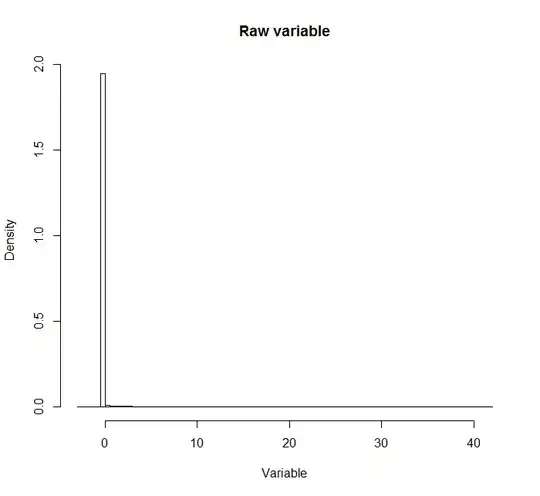\begin{array} {|r|r|}\hline A & B & C \\ \hline 24 & 21 & 16 \\ \hline 18 & 26 & 22 \\ \hline 27 & 32 & 19 \\ \hline 28 & 25 & 17 \\ \hline \end{array}
At the significance level of $\alpha = 5\%$, compare the average number of tomatoes produced when these types of fertilizer are used.
I'm using ANOVA test for this kind of problem. However, I am stuck in checking the model, especially the same variance between populations. I have two courses of action. Firstly, I will make variance tests between each pair of population. Nevertheless, this measure violates the nature of ANOVA, that is, massive testing. To be more specific, if we test the variance of each pair of population, it is time-consuming, inefficient and it is better to use t-test. Secondly, I just calculate the estimated standard deviation between those populations and decide empirically whether it is acceptable or not. Is there any customary criteria to make rough estimation or more advanced techniques to test the equality of variance between populations?
